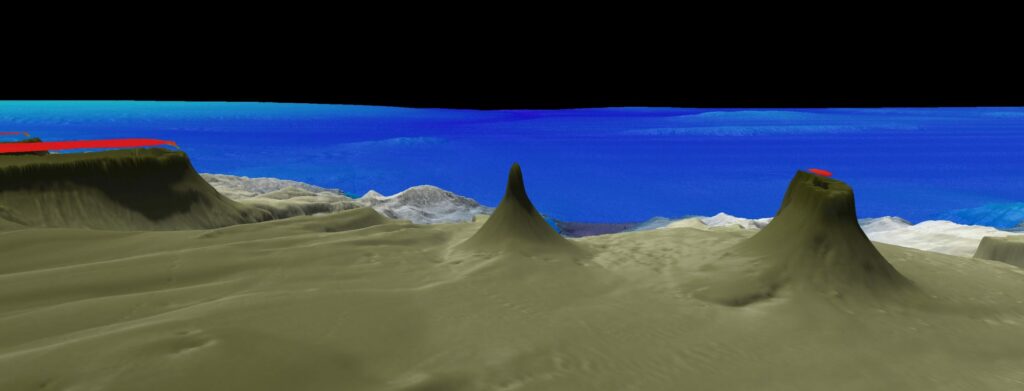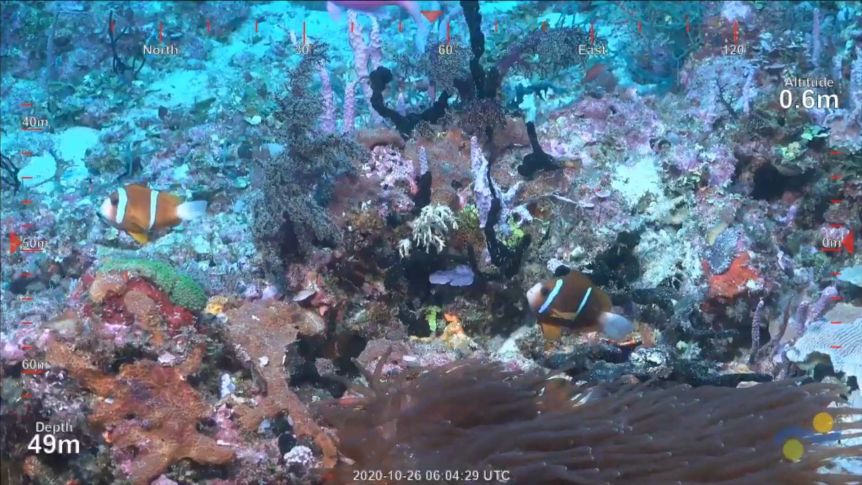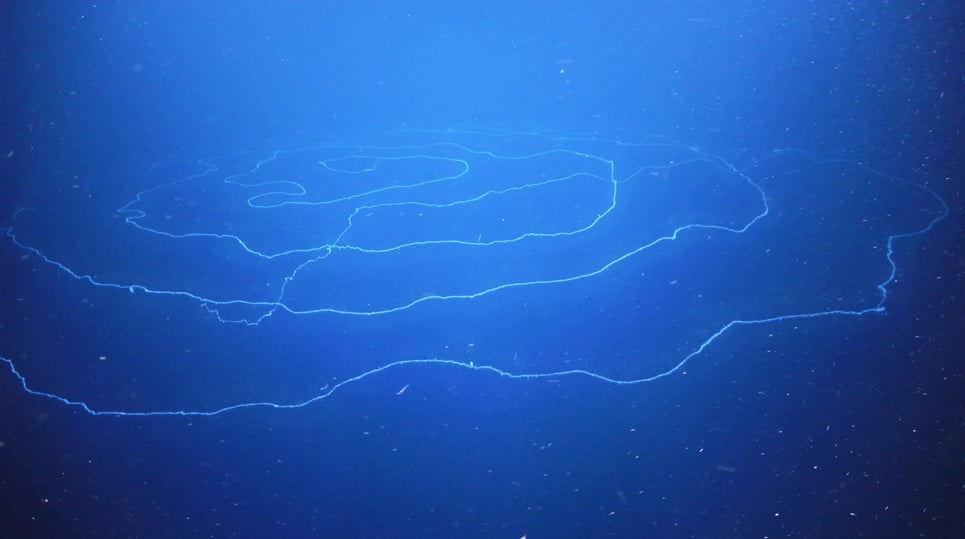
It’s very rare to hear of positive news from the Great Barrier Reef, which has lost more than half of its coral population in the last three decades at the hand of climate change. Recently, however, Australian scientists have revealed new features inside the greatest living structure on the planet. This includes a blade-like coral whose height is taller than Manhattan’s iconic Empire State Building in some places.
The stunning discovery was made by scientists aboard Schmidt Ocean Institute’s research vessel Falkor, which has been surveying the Great Barrier Reef for the past year in order to map it in unprecedented detail
During an outing off the cost of Cape York in North Queensland on October 20, the researchers uncovered a ‘detached’ reef measuring 1.5 kilometers in length and over 500 meters in height in some places. They did so with the help of an underwater submersible aptly named SuBastian, which is fitted with a remotely controlled arm that can collect samples.

Detached reefs such as the newly found structure are embedded into the ocean floor rather than being directly connected to the main body of the Great Barrier Reef. There are seven other known detached reefs, all of which were mapped in the 1800s. The newly found thriving coral community is the first detached reef scientists have seen in nearly 200 years.
“To find a new half-a-kilometer tall reef in the offshore Cape York area of the well-recognized Great Barrier Reef shows how mysterious the world is just beyond our coastline,” said Dr. Jyotika Virmani, executive director of Schmidt Ocean Institute. “This powerful combination of mapping data and underwater imagery will be used to understand this new reef and its role within the incredible Great Barrier Reef World Heritage Area.”
According to the scientists involved in the survey, the newly-found reef is believed to be around 20 million years old. Samples collected from the reef suggest that there may be new species of coral, but it might take a couple of months before the samples are thoroughly investigated.
Finding new species wouldn’t be surprising. During previous outings this year, the Falkor crew have discovered several new species, among them the ‘world’s longest sea creature’ — a 45-meter-long, spire-like siphonophore. Other newly identified species by the Schmid Ocean expedition include five undescribed species of black coral and sponges, as well as deep-sea coral gardens and graveyards in Bremer Canyon Marine Park.

“This unexpected discovery affirms that we continue to find unknown structures and new species in our Ocean,” said Wendy Schmidt, co-founder of Schmidt Ocean Institute, during a press conference.
“The state of our knowledge about what’s in the ocean has long been so limited. Thanks to new technologies that work as our eyes, ears and hands in the deep ocean, we have the capacity to explore like never before. New oceanscapes are opening to us, revealing the ecosystems and diverse life forms that share the planet with us.”









